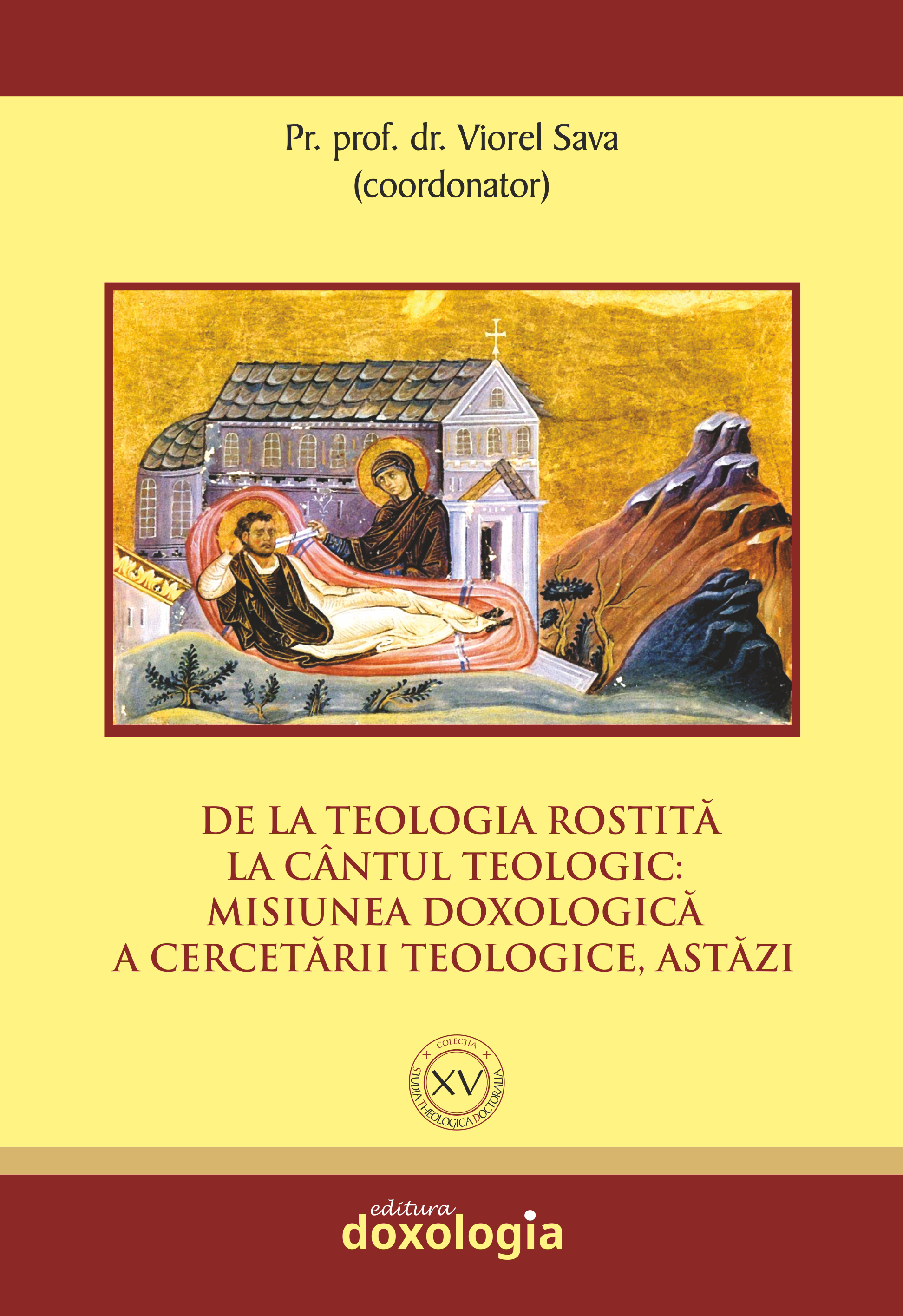Efervescenţa imnografic-literară generată de Sărbătoarea Naşterii Maicii Domnului în perioada dintre secolele al VI-lea şi al VII-lea reflectată în cărţile de slujbă ortodoxe
The hymnographic-literary effervescence generated by the Feast of the Nativity of the Mother of God in the period between the 6th and 7th centuries reflected in Orthodox mass books
Author(s): Dănuț BĂCĂUANU
Subject(s): Theology and Religion, History of Religion
Published by: Editura Doxologia
Keywords: Virgin Mary; veneration; celebration; hymnography;
Summary/Abstract: The contribution of the ecclesiastical hymnographers to the liturgical transposition of the Church's previous knowledge about the Mother of God, confessed through writings, dogmas, odes and utterances, becomes the supplier of the object of work of the psalts. The pathos and expressiveness of the puppet discourse of the Fathers is induced by the authors of later hymns (the same feeling). The fact that the Apostle James the Little writes the Protoevanghelia that bears his name is a proof of the importance deserved by the Virgin Mary among her contemporaries and in the post-apostolic period. Before him, St. Ignatius the Theophorus and St. Justin the Martyr and the Philosopher record the state of virginity of Mary in the birth of the Son of God. A very short exposition of the mariological ideas encountered in the main Fathers and church writers (III-IV century) confirms that the role of the Virgin Mary could not be minimized to that of a simple woman. The Third Synod (Vth century) opens the horizon of the pre-consecration of the Mother of God and thus becomes the thematic source of her liturgical honor. In the V-VI centuries, the celebration of the event of the birth of the Mother of God is consolidated, mentioned in historical sources since the end of the IV century. It is the period dominated by the hymnographic contribution of St. Roman the Melody. From the vii-th century before the composition of the church services dedicated to the feast of the Nativity of the Mother of God knows a progressive enrichment.
- Page Range: 466-481
- Page Count: 16
- Publication Year: 2023
- Language: Romanian
- Content File-PDF

